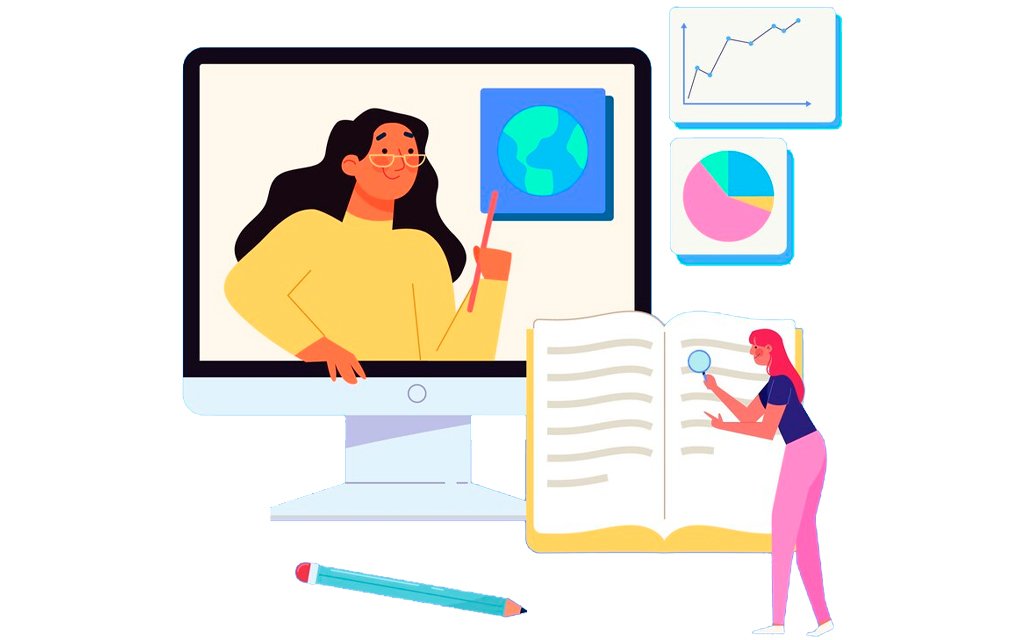The IB MYP curriculum emphasizes developing essential skills for a rapidly changing world. Among these, Design Thinking stands out as a powerful tool for empowering young minds to become problem-solvers, innovators, and empathetic changemakers.
This blog explores how Design Thinking seamlessly integrates with the MYP framework, fostering an engaging and impactful learning journey.
What is Design Thinking?

At its core, Design Thinking is a human-centered approach to problem-solving that emphasizes empathy, ideation, prototyping, and iteration. Unlike traditional linear problem-solving methods, It encourages a nonlinear, iterative process that fosters collaboration, creativity, and critical thinking.
By immersing oneself in the user’s perspective, It seeks to uncover latent needs and aspirations, leading to innovative solutions that resonate deeply with end-users.
The process typically involves five stages:
- Empathize: This stage involves gaining a deep understanding of the user’s needs, challenges, and aspirations through research and observation. Designers immerse themselves in the user’s environment to gather insights that inform the subsequent stages.
- Define: In this stage, designers distill their research findings into a concise problem statement. They identify the core issues faced by the target audience, focusing on a specific demographic or context. Clarity in defining the problem helps guide the design process effectively.
- Ideate: To generate a plethora of possible solutions, it is recommended to engage in a brainstorming session that encourages imaginative exploration and thinking outside the box. This approach can facilitate the emergence of unique and creative solutions to the problem at hand.
- Prototype: One effective way to test and refine ideas is to develop low-fidelity models, mockups, or simulations. By creating these initial prototypes, you can quickly assess the feasibility of your ideas and identify potential problems or areas for improvement. This can save time and resources in the long run, as you can make necessary adjustments early on in the development process.
- Test & Iterate: One effective way to enhance the overall solution is to gather user feedback, analyze the results, and consistently improve it based on the insights gained. This approach ensures that the solution is tailored to meet the needs of the users, resulting in a better user experience and increased satisfaction.
Design Thinking in the MYP Context:
Design Thinking fits seamlessly into the principles and objectives of the IB MYP. The emphasis on inquiry-based learning, interdisciplinary connections, and real-world application is consistent with the MYP’s goal of developing internationally-minded learners who understand their role in an interconnected world.
By incorporating it into the curriculum, educators can create authentic learning experiences that challenge students to think critically, communicate effectively, and collaborate meaningfully.
The MYP curriculum inherently incorporates principles that emphasize problem-solving and innovation without explicitly stating “design thinking.” Firstly, it prioritizes real-world connections by structuring units that prompt students to engage with authentic challenges and issues.
This approach encourages the application of problem-solving methodologies to relevant problems, enabling students to develop practical solutions grounded in real-life contexts.
Moreover, the MYP promotes interdisciplinary learning, transcending traditional subject boundaries. By encouraging students to integrate knowledge and skills from diverse disciplines, it fosters a comprehensive approach to problem-solving.
This interdisciplinary approach mirrors the collaborative nature of problem-solving methodologies, where insights from multiple fields converge to generate innovative solutions.
Additionally, the MYP curriculum often explores global contexts within its units. By examining global issues, students are prompted to consider diverse perspectives and design solutions that address the needs of a broader community.
This global perspective aligns with the inclusive ethos of problem-solving methodologies, which emphasizes empathy and understanding of diverse stakeholders.
Furthermore, the MYP fosters learner agency by empowering students to take ownership of their learning journey. Through opportunities for inquiry, reflection, and action, students develop critical thinking, communication, and collaboration skills essential for effective problem-solving within various frameworks.
In essence, the MYP curriculum provides a fertile ground for the cultivation of problem-solving principles, equipping students with the mindset and skills necessary to tackle complex challenges in the real world.
Implementing Design Thinking in MYP Classrooms:

Implementing Design Thinking in MYP classrooms involves several practical strategies for teachers to integrate this innovative approach seamlessly into their curriculum.
Firstly, it’s crucial to introduce the Design Thinking process clearly, breaking down each step and allowing students ample opportunities to practice and refine their skills.
Selecting relevant MYP units that center around real-world problems such as environmental sustainability, social justice issues, or community needs provides a meaningful context for applying Design Thinking principles.
Creating a collaborative learning environment is essential, fostering teamwork, open communication, and constructive feedback among students. This collaborative ethos mirrors the collaborative nature of Design Thinking itself.
Utilizing diverse resources, including materials, technology, and expert input, enriches the design process, offering students a range of perspectives and tools to draw from.
Integrating formative assessments throughout the process ensures that students receive timely feedback, guiding their learning and enabling continuous improvement in their designs.
By incorporating these strategies, teachers can effectively infuse this into the MYP curriculum, empowering students to tackle complex challenges creatively and collaboratively while developing essential 21st-century skills.
Benefits of Using Design Thinking in MYP:
By incorporating Design Thinking, MYP educators unlock a range of benefits for their students:
- Develops problem-solving skills: Students learn to identify and analyze problems, generate creative solutions, and iterate based on feedback.
- Enhances critical thinking: Students move beyond memorization to analyzing information, evaluating different perspectives, and forming well-reasoned arguments.
- Fosters empathy and collaboration: Students learn to understand user needs, work effectively in teams, and appreciate diverse viewpoints.
- Promotes innovation and creativity: Students are encouraged to think outside the box and develop original solutions to real-world challenges.
- Inspires lifelong learning: Students learn a valuable methodology that can be applied to a wide range of academic and personal situations.
Conclusion:
In conclusion, integrating design thinking into the IB MYP curriculum not only enriches students’ learning experiences but also equips them with essential skills to navigate today’s complex world.
As educators, it is our responsibility to foster creativity, innovation, and critical thinking in students, and this provides a compelling framework to achieve these goals.
In addition, Litera Centre, with its dedicated, knowledgeable teachers and conducive learning environment, provides the ideal platform for students to explore and apply the principles of Design Thinking effectively.
By utilizing the resources and expertise available at the Litera Centre, students can excel on their IB MYP journey and prepare themselves to succeed as future leaders and innovators.
References:
- https://www.ibo.org/research/curriculum-research/cross-programme/fostering-computational-thinking-and-design-thinking-in-the-ib-primary-years-programme-middle-years-programme-and-diploma-programme-2020/
- https://www.edutopia.org/blog/teaching-empathy-through-design-thinking-rusul-alrubail
- https://www.edutopia.org/video/empowering-students-design-thinking




